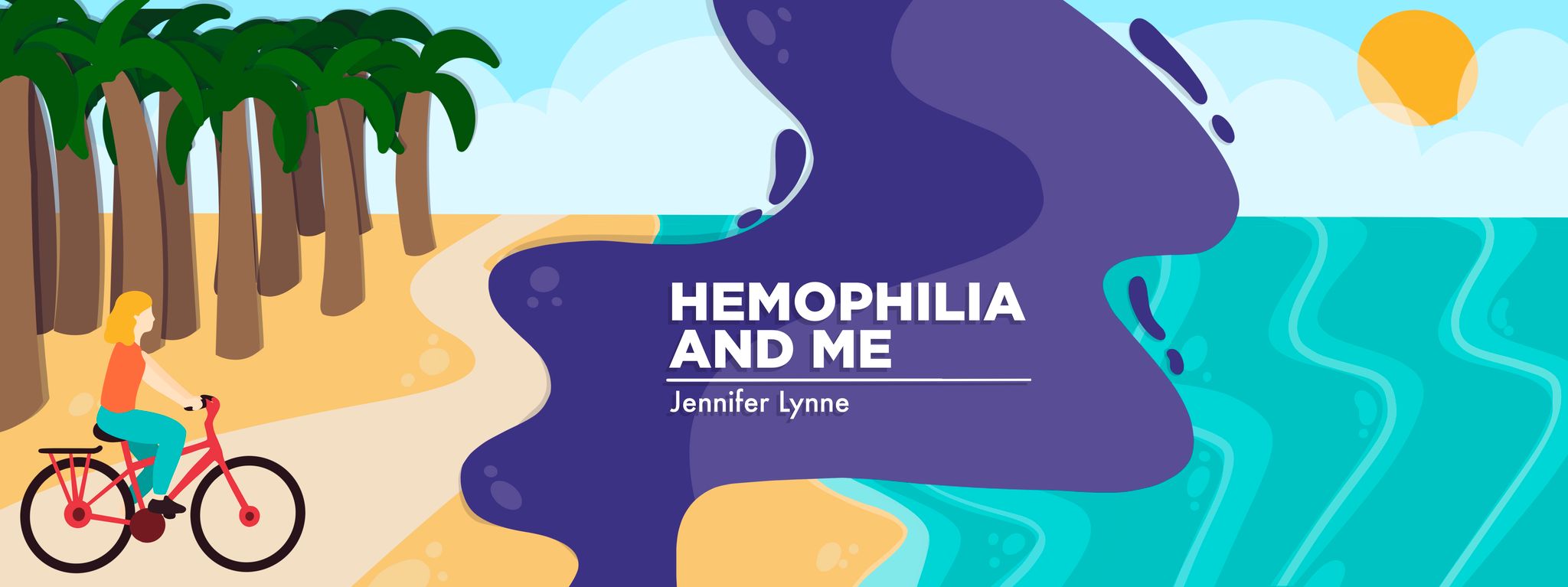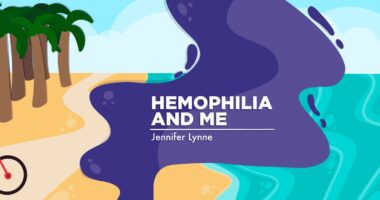Valuable reminders from a recent bleeding disorders conference
The event brought together people affected by von Willebrand disease

Over the weekend of April 4-6, I had the privilege of attending the National Outreach for von Willebrand (NOW) Conference in Phoenix. Hosted by Arizona Bleeding Disorders and sponsored by CSL Behring, the event brought together people affected by von Willebrand disease (VWD) from across the country to learn, connect, and empower one another.
As someone who has lived with VWD and hemophilia B for decades, I’m always inspired by the strength and resilience of our community. But this weekend also left me reflecting on how much work we still have to do — particularly when it comes to diagnosis and awareness.
One particularly touching moment came during the opening get-to-know-you session. A young boy, around 11 or 12 years old, stood up and said he was attending the conference to learn more about VWD so he could help keep his mom safe. His words were a beautiful reminder that this community is not just about the people who live with bleeding disorders; it’s also about the families, caregivers, and loved ones who support them with unwavering dedication.
One of my biggest takeaways? Too many people are still being diagnosed late in life. I met women and men in their 30s, 40s, and even 50s who had just recently received their diagnosis of VWD. Many had lived for years — if not decades — of being told their symptoms were “normal,” dismissed, or misunderstood. Their stories were painful reminders of the diagnostic gap that continues to affect so many in our community.
Another important point that came up during the conference is that some forms of VWD can be incredibly difficult to diagnose, but testing has come a long way since the 1970s. We learned that in certain types of VWD, von Willebrand factor levels tend to rise by approximately 5%-7% with each passing decade. This gradual increase can complicate diagnosis, especially later in life. In fact, I’ve seen this firsthand — my own levels have risen since I was a child.
What this means for patients — and how it impacts bleeding symptoms over time — is still unclear. In fact, some people actually report more bleeding issues as they get older, despite those rising factor levels. It’s a complex picture that highlights the need for continued research, education, and a better understanding of how this condition evolves throughout one’s life.
The importance of community
But sometimes the most impactful moments don’t happen in the breakout sessions, but around the dining table. During meals, surrounded by people who “get it,” we shared stories, frustrations, and advice. One theme kept resurfacing: Women who are anemic or iron-deficient due to heavy menstrual bleeding need to press their doctors for answers.
It’s not enough to be told “you’re just a heavy bleeder” or handed iron supplements without a full workup. We agreed that we cannot rely on primary care physicians or gynecologists to be educated on bleeding disorders or to be advocates for us. That responsibility, unfortunately, often falls on our own shoulders. Awareness begins with knowing our bodies, speaking up, and asking for testing — including screening for VWD and other bleeding disorders.
The NOW Conference wasn’t just educational; it was emotional, validating, and energizing. It reinforced for me the importance of community, of showing up for one another, and of continuing to speak out until diagnosis and treatment are timely, accurate, and compassionate for everyone.
If you or someone you love is experiencing unexplained bleeding symptoms — heavy periods, easy bruising, prolonged bleeding after procedures — please don’t ignore it. Trust your instincts and advocate for testing, especially if you have a family history of bleeding disorders. And if you already have a diagnosis, stay connected. Events like the NOW Conference aren’t just informative; they can be life-changing. They remind us that we’re not alone, and that together, we can push for earlier diagnoses, better care, and a stronger voice for the bleeding disorders community.
Note: Hemophilia News Today is strictly a news and information website about the disease. It does not provide medical advice, diagnosis, or treatment. This content is not intended to be a substitute for professional medical advice, diagnosis, or treatment. Always seek the advice of your physician or another qualified health provider with any questions you may have regarding a medical condition. Never disregard professional medical advice or delay in seeking it because of something you have read on this website. The opinions expressed in this column are not those of Hemophilia News Today or its parent company, Bionews, and are intended to spark discussion about issues pertaining to hemophilia.







Priti
For GI bleed in vwd what precautions we have to take and is trial therapy is useful in this
Jennifer Lynne
Hi Priti! Thank you for your comment and for reading my column. I am unable to give medical advice so please be sure to check with your hematologist. There are new medications in the pipeline. ❤️